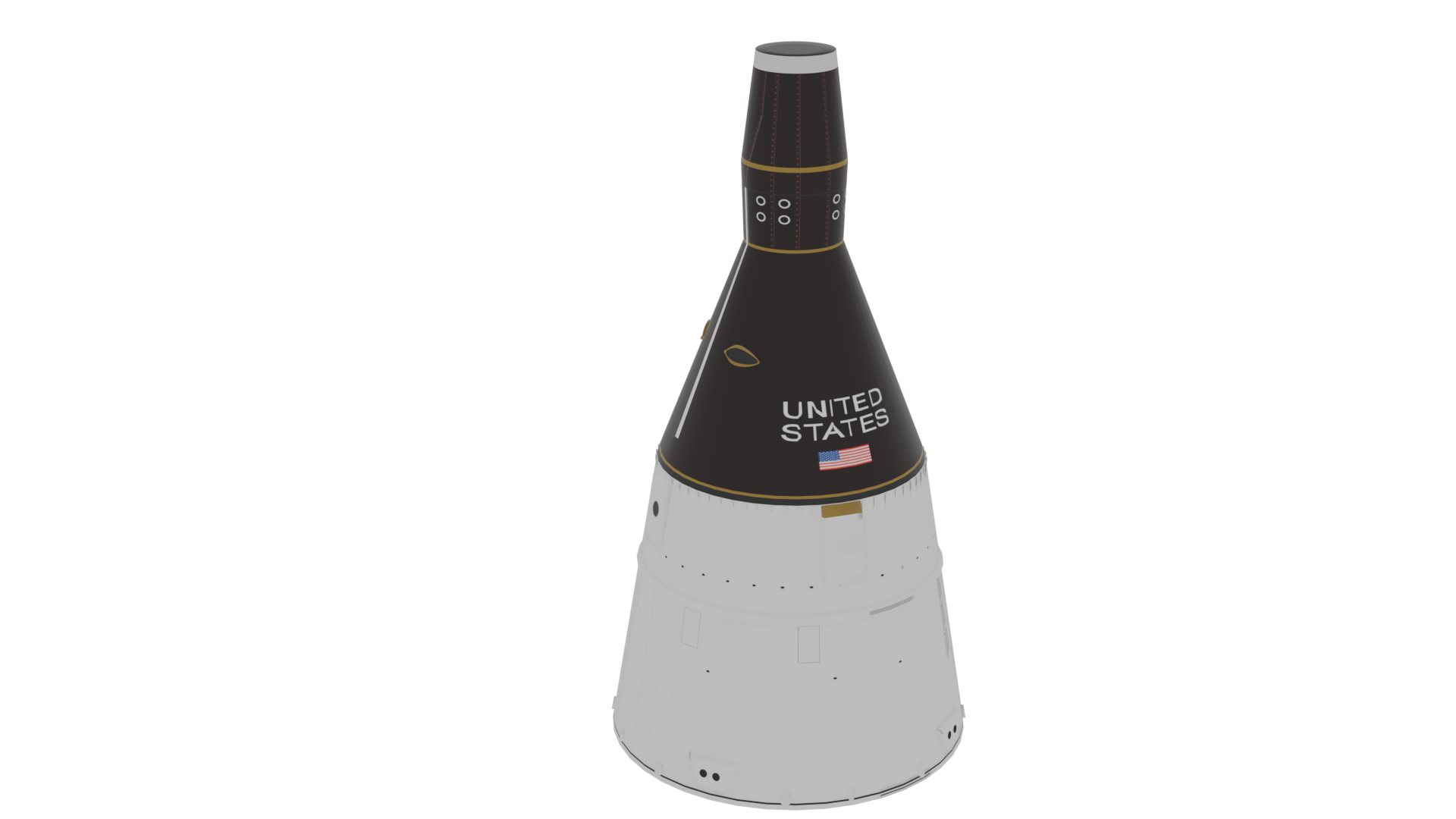The Power Systems Facility (PSF) provides capability to maintain and enhance NASA Glenn Research Center’s leadership in power technology, including development, testing, and validation of electrical power systems and associated support systems for space and aeronautics applications.
Facility Overview
The Power Systems Facility (PSF) was initially constructed in the 1980s to test space station hardware. Over thirty years later, the facility remains the focal point of power systems research and provides the capability for remote operation of space station experiments from NASA Glenn in Cleveland. For more history of the PSF, see how Glenn’s Power System Facility Has Supported Station Research for Decades.
The PSF houses testbeds where scientists and engineers verify critical design concepts, test prototype hardware and software, and validate systems in real-time simulations under actual loading and operating conditions.
The PSF offers the capability for test and development of spacecraft power sources, spacecraft communication systems, and power management and distribution hardware and software. The PSF provides an exceptional platform to not only test and verify today’s space power systems, but also to design, develop, and test components and systems for new technologies.
The facility serves many purposes, ranging from aeronautics and space power systems technology development in the ambient laboratories to qualification and acceptance testing of spaceflight hardware in the high bay cleanroom. The PSF is also home to Glenn’s International Space Station Payload Operations Center (GIPOC), formerly called the Telescience Support Center (TSC), for on-orbit operations of space experiments.
Recent examples of projects that have benefitted from PSF include the Orion Project. Through the build-up and testing of an Orion capsule and service module power system, key decisions were made on the spacecraft bus voltage. Additionally, the PSF is home to the Radioisotope Stirling Integration Laboratory (RSIL), which was constructed to verify and validate the avionics and control for a Stirling power conversion system, used in conjunction with a radioisotope source for deep space unmanned missions. Enabling a capability for hardware and software integration, the Modular Power Testbed and the Autonomous Power Control Lab are able to demonstrate critical technology for human missions to Mars and perform cross-center tests of the simulations and control algorithms with NASA’s Ames Research Center in California’s Silicon Valley and NASA’s Johnson Space Center in Houston through the Space Network Research Federation (SNRF).
The PSF is a hidden gem at NASA Glenn as it is home to a breadth and depth of power systems testing, ranging from low Technical Readiness Level (TRL) research and proof-of-concept to mid-TRL technology maturation, all the way through flight and operations within the high bay and GIPOC. Over the years, PSF has provided support to all of NASA’s mission directorates, including the development of power technologies for the Revolutionary Vertical Lift Technology (RVLT) Project and the assembly of Spacecraft Fire Safety (SAFFIRE) experiments in the high bay. An adjacent solar array field provides 960 solar cell modules to power system hardware during testing. Today, PSF continues to build upon its legacy that began with space station power systems, infusing new technologies and ideas into projects and programs and leveraging its highly skilled and experienced workforce at NASA Glenn.
Quick Facts
- 63-foot high, 7,900 square foot cleanroom that filters out 90% of airborne particles
- Power Systems Development Lab
- Full spectrum of AC and DC programmable electrical loads for constant power, current, voltage, and resistance modes of operation.
- 1,600-square-foot raised floor area to support power management and distribution in systems development.
- Full spectrum of electrical loads
- Integrated component vacuum testing capability
- End-to-end large scale power system testing capability
- Electrical actuator testbed
- Fuel cell testbed
- Power electronics lab
- Actuator testbed
- The PSF’s test cells and high bay areas are interconnected by a high power, control and data interconnect system that allows end-to-end power system testing that can take advantage of unique capabilities within each area of the facility.
- The GIPOC, or Glenn International Space Station Payload Operations Center for on-orbit operations of space experiments, provides the capability to execute ground support operations of on-orbit space station payloads and other space missions.
Capabilities
Power Systems Development Lab
The Power Systems Development Laboratory (PSDL) is lab space in the PSF designated for power systems development. General lab space supports some medium-power electronics and systems. There is also a small vacuum chamber.
Modular Power Systems Testbed
Initially built for the Advanced Modular Power System (AMPS) project, the Modular Power Systems Testbed offers a habitat-like environment to test modular power components (modules) and systems.
Power Electronics Laboratory
The Power Electronics Laboratory (PEL) is used for power component development, including bread-boarding circuits and initial troubleshooting. The components are usually integrated into a larger system in the Power Systems Testbed.
Power Electronics Prototyping Laboratory
The Power Electronics Prototyping Laboratory is used for manufacturing and assembling printed circuit boards, creating additive manufacturing (3D-printed) models, soldering and rework, and low-power testing and troubleshooting of power electronic circuits.
Power Systems Testbed
The Power Systems Testbed is where system and integration tests are performed. End-to-end systems tests characterize the operation of all the elements of a power system (including sources, converters, switchgear, and loads) when they are connected together. This allows system designers to test interactions between the elements and verify operation under a wide variety of conditions.
High Bay Cleanroom
NASA Glenn Cleanrooms for Flight Hardware Development
- Size: 4,200 square feet (east) & 3700 square feet (west)
- Ceiling Height: 63 feet
- Class: ISO 8 or 100,000 class
- Cranes: 100W 2 cranes – 2 Ton/15 Ton; 100E – 10 Ton/2 Ton
- Original Usage: International Space Station Power ~ 1985, Solar Array (west) and Solar Dynamics (east)
Projects and Programs
Advanced Modular Power System (AMPS)/Gateway: Human Explorations and Operations
The Advanced Modular Power System (AMPS) project developed several electronic modules with various functions that can be combined to form modular electronics units (MEUs) that comprise various elements of an electrical power system (EPS) for a spacecraft. The AMPS Testbed provides a means to perform integrated testing of these MEUs.
AMPS is supporting the Gateway Program through the development and delivery of modular power prototype hardware to the Gateway Power Testbed at NASA’s Johnson Space Center in Houston. All Gateway testbeds have been deemed mission essential and have returned to on-site work at NASA Johnson.
Radioisotope Stirling Integration Laboratory (RSIL)
The Radioisotope Power System (RPS) Stirling Integration Laboratory (RSIL) was constructed to verify and validate the avionics and control for a dynamic power conversion system, used in conjunction with a radioisotope source for deep space unmanned missions.
NASA emulates the electrical characteristics of a spacecraft system in the RSIL. The RPS is a source of electricity for NASA space missions from the surface of Mars to the realm of the outer planets. The RSIL was designed to provide end-to-end system testing of radioisotope convertors.
Revolutionary Vertical Lift Technology (RVLT)
The primary goal of the multi-center RVLT project is to help advance the area of vertical lift technology for urban air mobility applications. These novel vehicles will be either all electric or hybrid electric in nature, which will require new standards and certification processes. To investigate new concepts and questions that arise due to the reliance on electric power, the project is addressing a number of aspects, including vehicle architecture studies, acoustic studies, and electrified propulsion, among others. NASA Glenn is leading the electrified propulsion work, which includes the development of in-house testbeds to investigate system issues relating to integrated motor, inverter, and control concepts. For more information, see Revolutionary Vertical Lift Technology Project Technical Highlights.
Medical Ceramic Oxygen Generator (MCOG)
Medical Ceramic Oxygen Generator (MCOG) electrical engineers at NASA Glenn are designing and building the MCOG’s power, instrumentation, and control (PIC) circuitry. The effort is in collaboration with NASA’s Johnson Space Center in Houston and other organizations in building high-purity oxygen generators.
Thermal Recovery Energy Efficient System (TREES)
This mission-responsive research and development project will transform thermal management of aircraft from a necessary burden into a sought-after asset by forming a waste heat energy recycling loop using flight-weight ducted acoustic waves and heat pipes embedded within the airframe.
This technology is key to enabling future electric aircraft propulsion and advanced directed energy weapons in military warplanes because of the significant amount of low-grade waste heat being generated within high-power insulated composite body vehicles.
It is important to invest in this technology because it is the only known thermal management solution that reduces vehicle weight, improves vehicle performance, minimizes vehicle heat signature, and recycles all the distributed low-grade waste heat back to the engine. This is a unique opportunity for the center to simultaneously provide value to the commercial airline industry and national defense while positioning Glenn to lead a potential new NASA program area with significant system-level vehicle impacts.
This project will transform how waste heat is managed on aircraft by successfully demonstrating a novel NASA-patented aircraft waste heat recovery and recycling system. The objective is to remove low-grade waste heat that is generated throughout high-power composite body aircraft while improving overall vehicle performance.
The basic objective is to use a new class of thermo-acoustic technology to passively collect, transport, and recycle waste heat produced throughout the aircraft. This project will design, build, and test TREES at the NASA Electric Aircraft Testbed (NEAT).
Flow Boiling and Condensation Experiment (FBCE)
The proposed research aims to develop an integrated two-phase flow boiling/condensation facility for the International Space Station to serve as a primary platform for obtaining two-phase flow and heat transfer data in microgravity. By comparing the microgravity data against those obtained in Earth’s gravity, it will be possible to ascertain the influence of body force on two-phase transport phenomena in pursuit of mechanistic models as well as correlations, and to help determine the minimum flow criteria to ensure gravity-independent flow boiling and condensation. This research will be a joint effort between the Purdue University Boiling and Two-Phase Flow Laboratory (BTPFL) and NASA Glenn. Personnel from the two organizations combine extensive experience in research and development of both flow boiling and condensation systems and in conducting microgravity experiments.
High-Efficiency Electrified Aircraft Thermal Research (HEATheR)
The High-Efficiency Electrified Aircraft Thermal Research (HEATheR) activity under NASA’s Convergent Aeronautics Solutions (CAS) Project strives to maximize the performance of electrified aircraft concepts with minimal design barriers. HEATheR’s approach involves developing innovative power and thermal management systems to increase aircraft efficiency.
Challenge: Every time energy passes through an object that isn’t 100% efficient, some energy dissipates into the air as heat. Current aircraft systems produce large amounts of waste heat and require heavy thermal management systems.
Goal: Minimize heat loss for three NASA aircraft concepts by making a more efficient power and thermal management system.
High-Efficiency Megawatt Motor (HEMM)
The 1.4-megawatt High-Efficiency Megawatt Motor (HEMM) is being designed to meet the needs of electrified aircraft propulsion. HEMM has a target performance of 16 kW/kg, 99% efficiency, and will have three times lower losses and weight than current aircraft motors and generators.
The HEMM technology can be integrated with a typical aircraft cooling system and can be applied to a range of aircraft types that require megawatt-level electrical power.
Fluids and Combustion Facility (FCF)
The Fluids and Combustion Facility (FCF) is a set of two International Space Station research facilities designed to support physical and biological experiments in support of technology development and validation in space. The FCF consists of two modular, reconfigurable racks called the Combustion Integration Rack (CIR) and the Fluids Integration Rack (FIR). The CIR and FIR were developed at NASA Glenn.
Completed Programs
Thrust Vector Control (TVC) Test Bed at NASA Glenn
NASA’s Glenn Research Center in Cleveland was responsible for the design, development, test, and evaluation of the Thrust Vector Control (TVC) system for the upper stage of the Ares I rocket. During flight, the TVC system moves the Upper Stage engine by directing its thrust, which allows the rocket to be steered. NASA Glenn has developed a prototype system and test rig that will fully test the performance of the TVC system prior to its flight. This rig, which replicates the bottom of the Upper Stage, also simulates the forces and conditions that the TVC system will encounter during flight.
Contact
Power Systems Facility (PSF)
Facility Manager: James Zakany
216-433-5080
James.S.Zakany@nasa.gov
Test Facility Management Branch
Acting Chief: Tony Doglio
216-433-2402
James.A.Doglio@nasa.gov
Using Our Facilities
NASA’s Glenn Research Center in Cleveland provides ground test facilities to industry, government, and academia. If you are considering testing in one of our facilities or would like further information about a specific facility or capability, please let us know.



























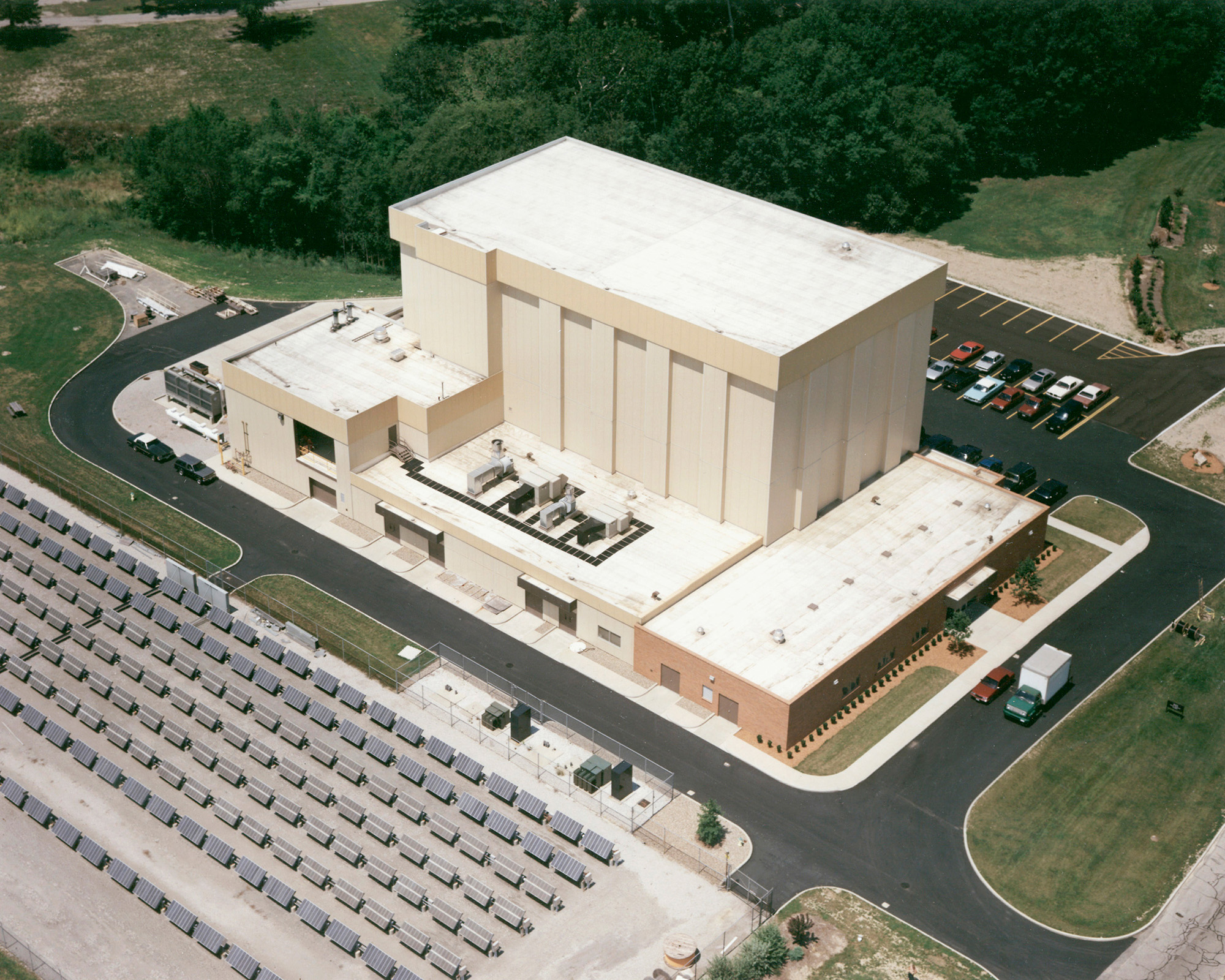
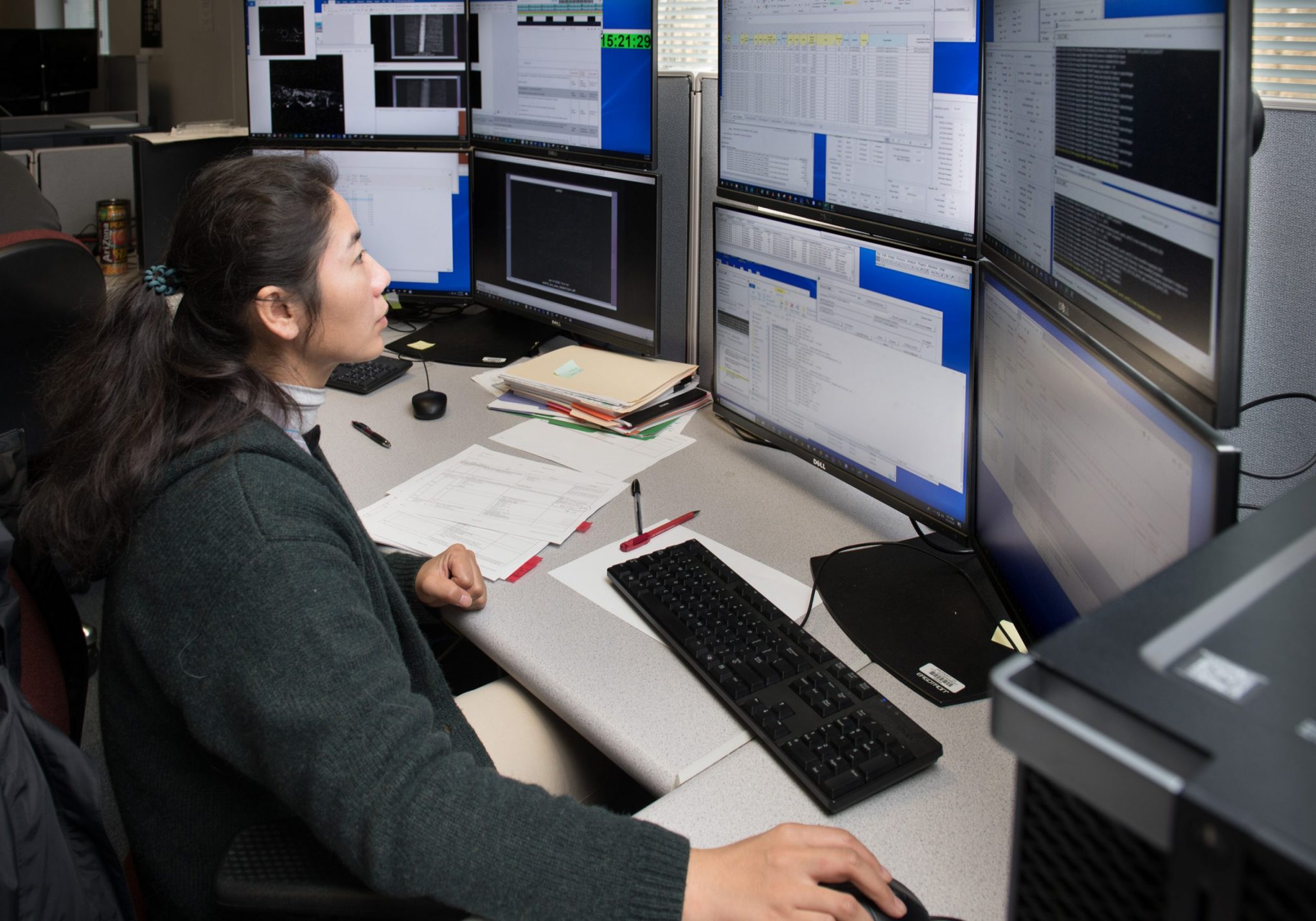
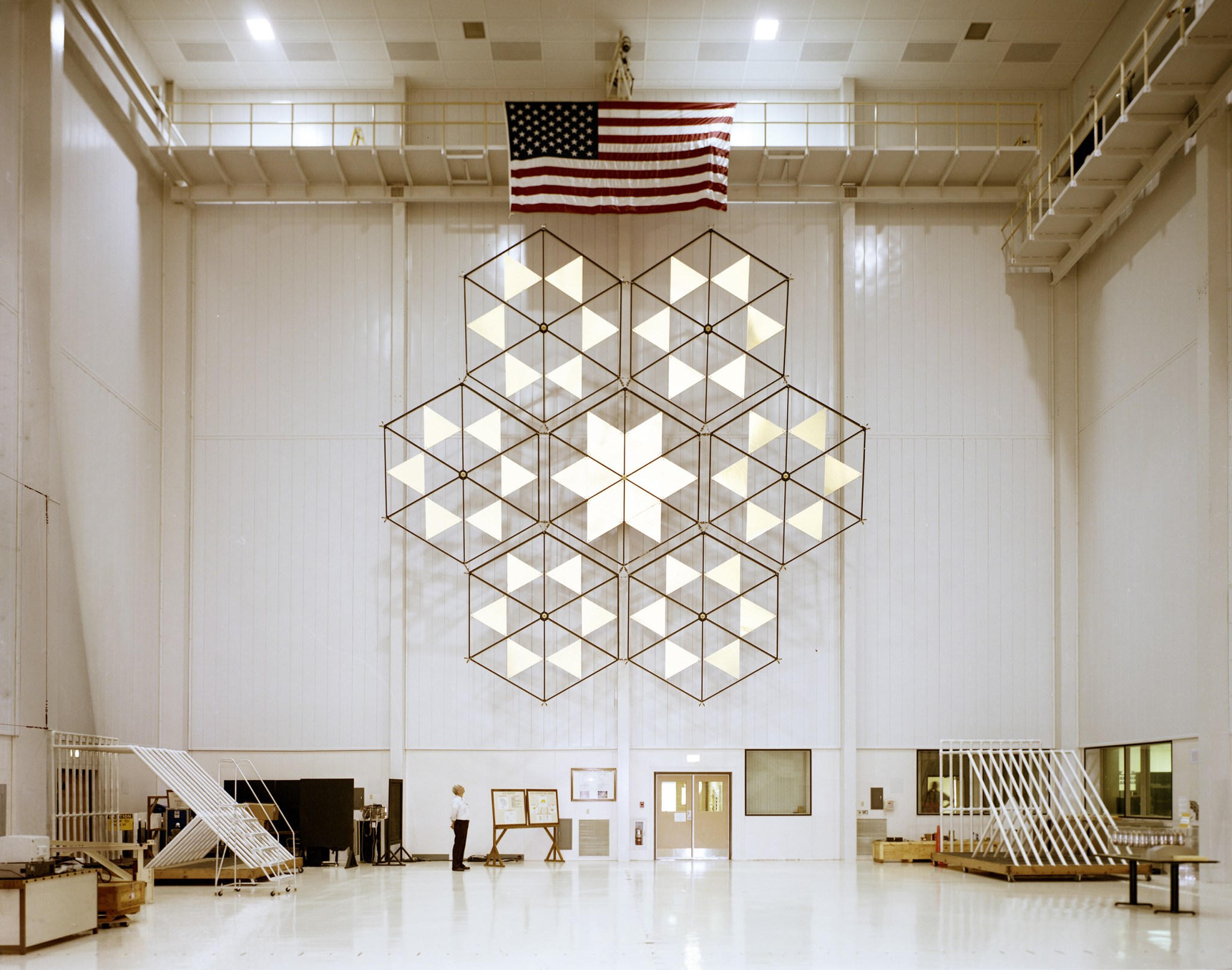
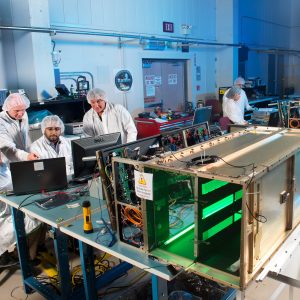
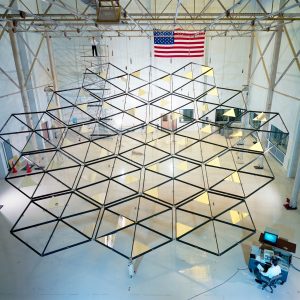
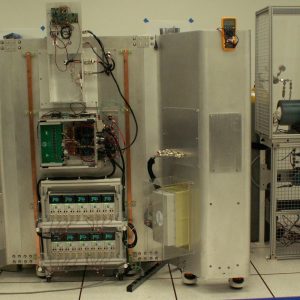
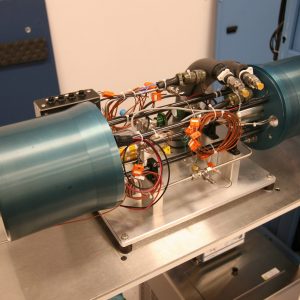

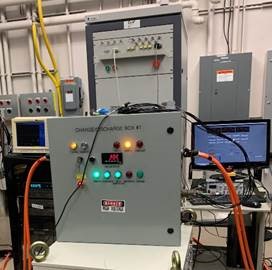

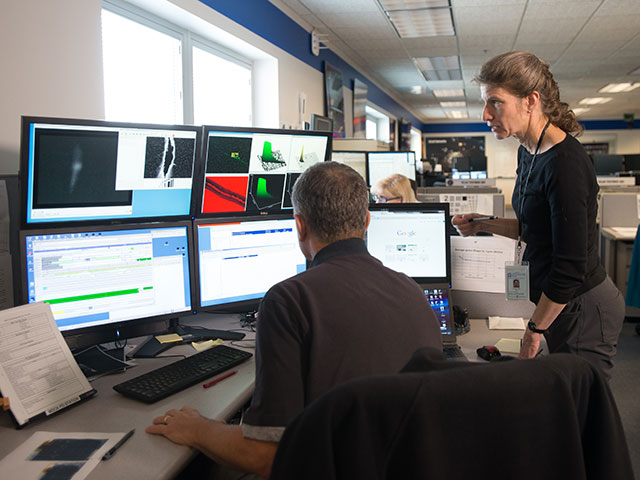
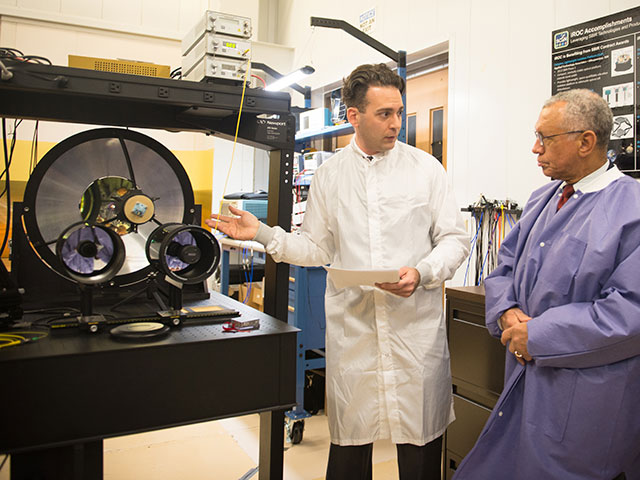

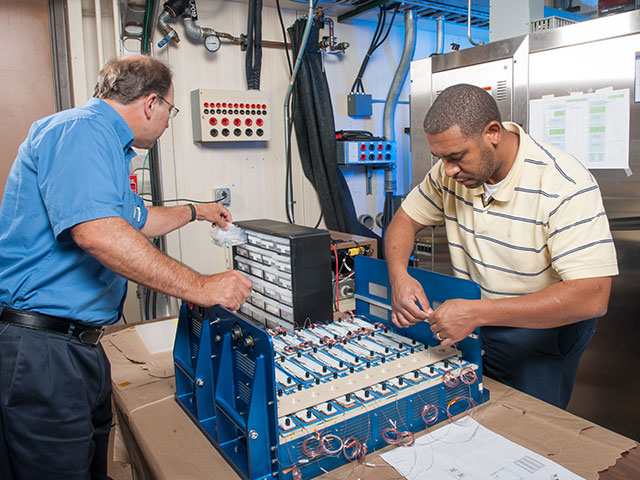
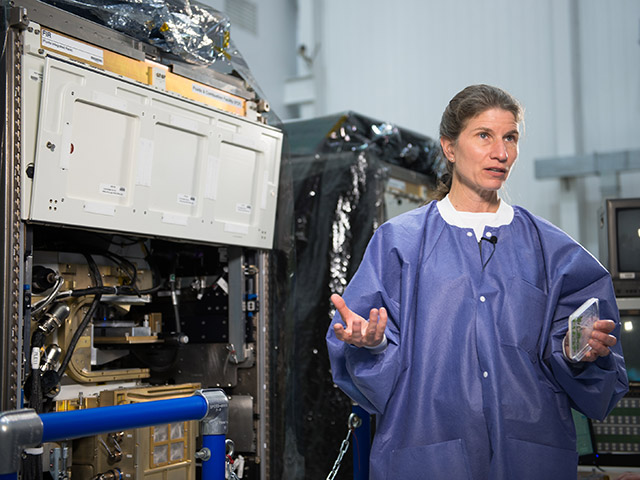

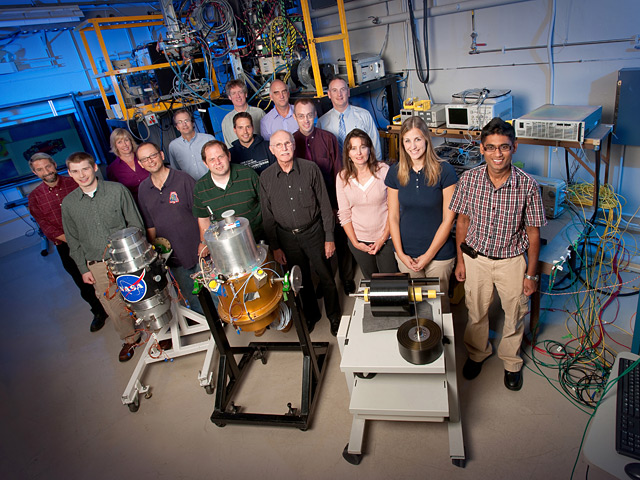
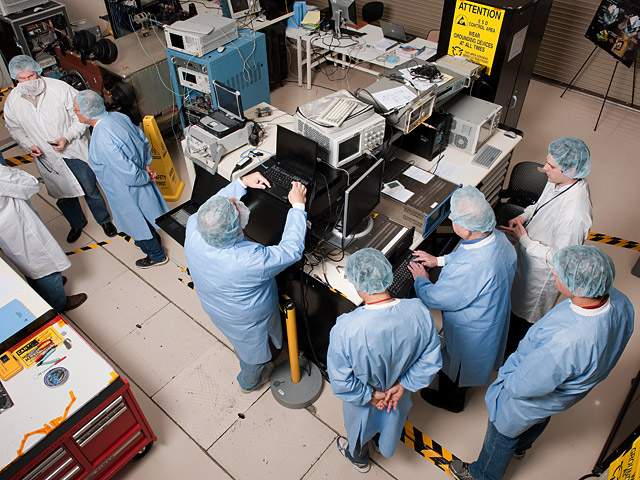
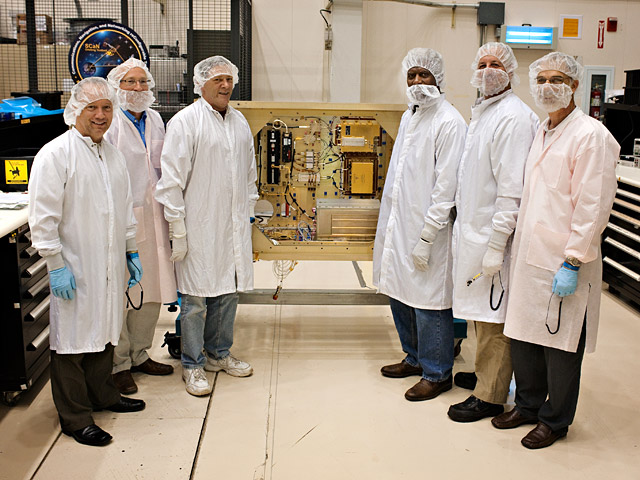
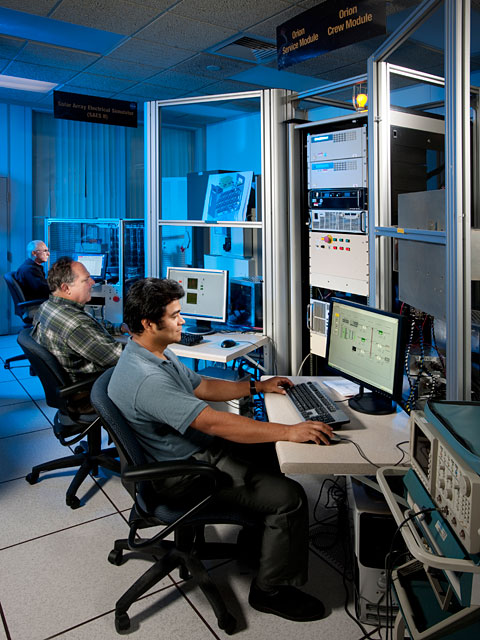
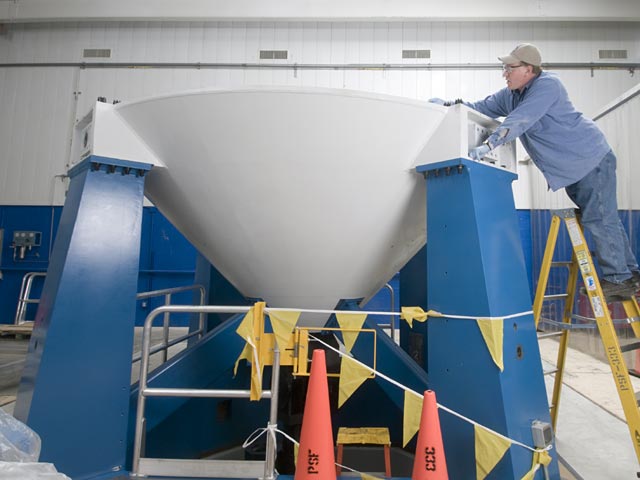
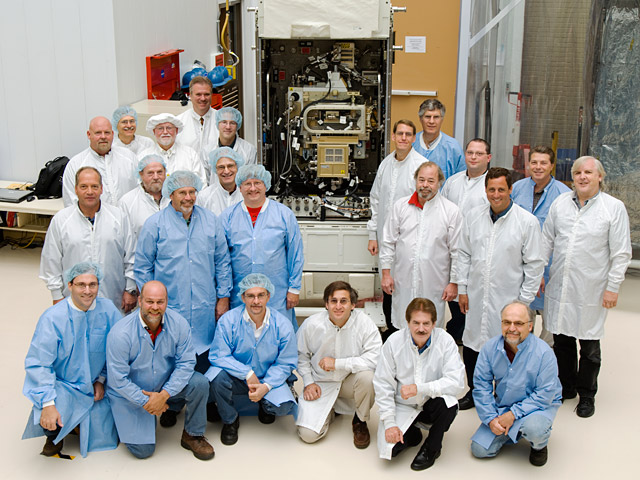
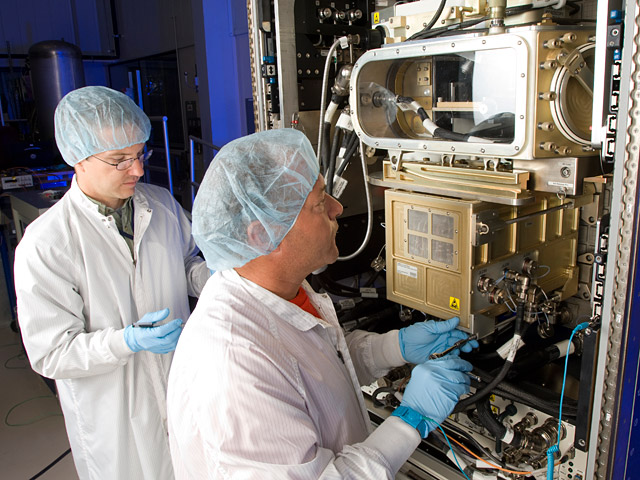
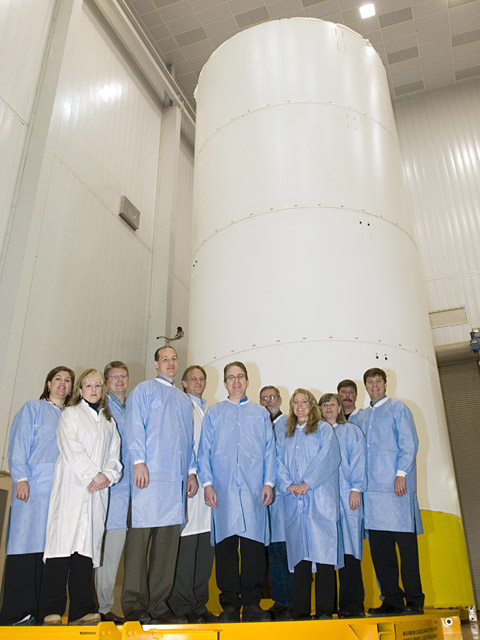

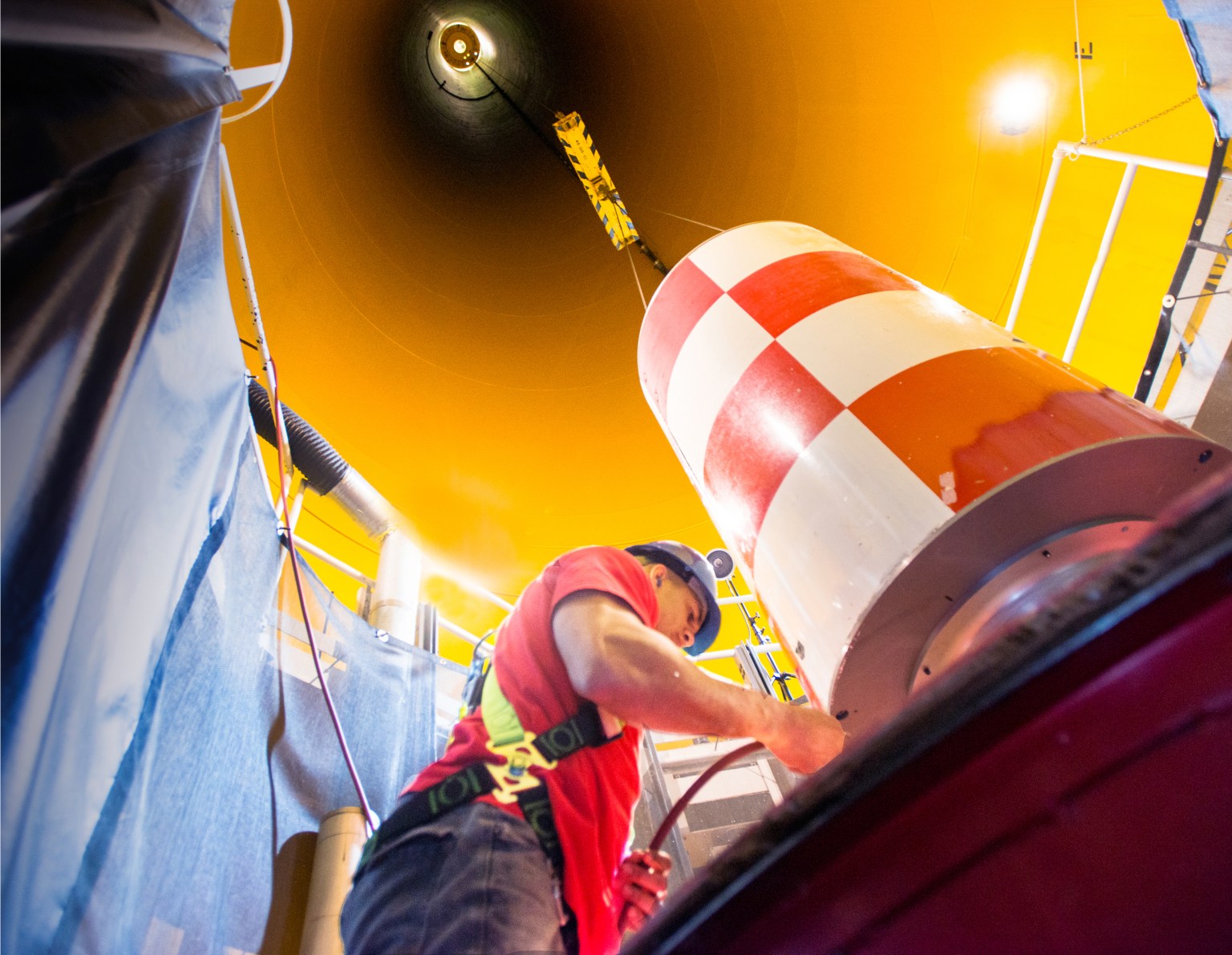
/Hubble%20Space%20Telescope%20(A).png)
